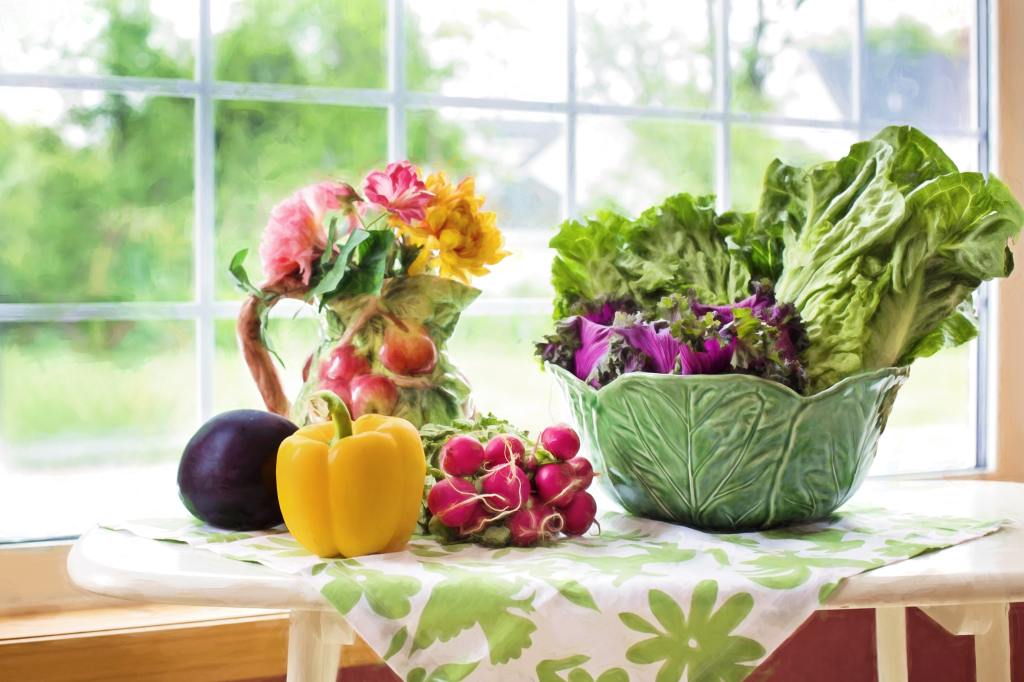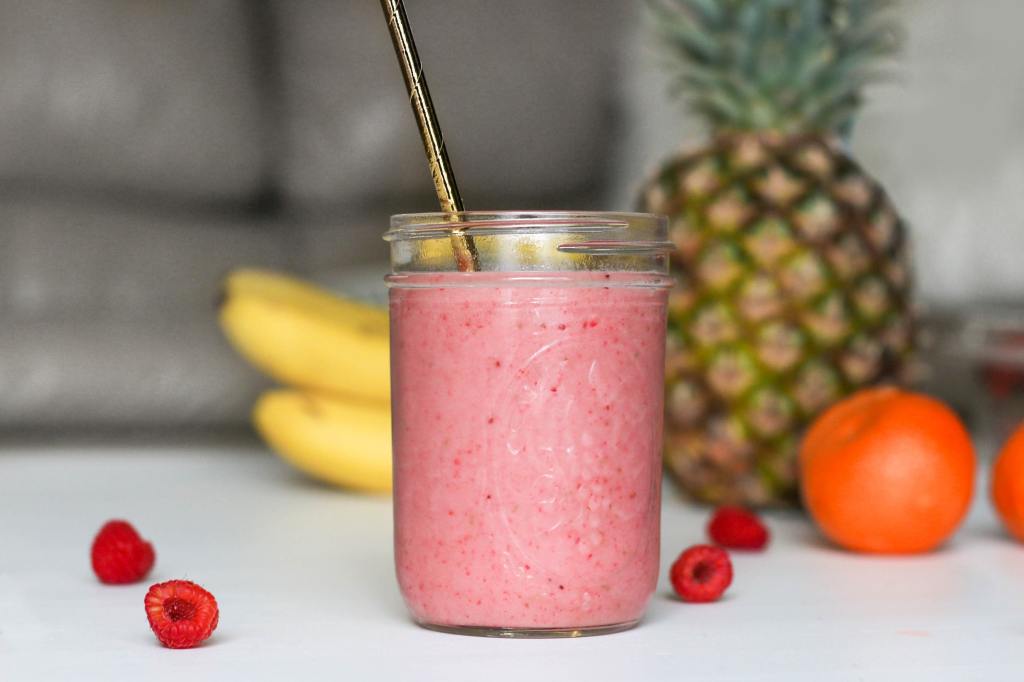Or as I like to call it: 5 ways to include fruits and vegetables in your diet.
As published on My Swiss Story on August 10, 2020.
Winter may have lingered a bit too long here in Switzerland (IMHO), but I am celebrating the switch to Spring, even if old man winter put up a hard fight to stick around longer than welcomed..
What’s not to love about Spring? Warmer temperatures, sunshine, longer days, colorful flowers and the abundance of spring’s finest fruit and vegetables can lift anyone’s spirits after a long, cold winter spent somewhat sedentary and shut-in.

That’s where turning to seasonal delights can help shed that winter stagnancy . But the truth is even though we know we should, most of us aren’t getting enough vegetables in our diet. Either we just don’t like them or aren’t sure how to cook them, or it is just easier to buy something quickly. But vegetables have always been and will continue to be a vital component of a healthy lifestyle.
Vegetables play an important role in helping people maintain a healthy weight. The fibre in vegetables helps fill you up while the nutrients help us meet our daily requirement of potassium, folate and the whole alphabet of Vitamins which are important not just to our physical health, but our mental health as well.
Which is why I love eating seasonally. As the temperatures warm up, our bodies tend to long for heartier salads and fresher meals, rather than the heavier winter fare.

Reasons to Eat Seasonally
Better for your health
Fruits and vegetables grown in the season and the region they were intended for are packed with more nutrition than produce grown outside of it’s natural growing season. So hit up your local farmers market for the best nutrition.
Better variety
Incorporating local and seasonally grown produce can be a great way to help experiment with something new and different in the kitchen and on your plate. Every season brings an opportunity to expand your horizons, so you aren’t stuck eating the same old things day in and day out.
Better Taste
Seasonally grown produce tastes better. If you have ever eaten a freshly picked strawberry perfectly ripened and grown in it’s natural growing season, compared to one that was grown out of season – you know what I am talking about.

Better for the planet
Food that is grown locally and in season is not only better for you, but better for the environment as these foods typically don’t travel as far making it better for the planet.
What is considered “Seasonal” really depends on where you live. Having grown up in sunny Florida for most of my life, I often associated strawberry season with February and March. But here in Switzerland we have to wait until June or July for fresh seasonal strawberries.They are so worth waiting for!
Regardless of where you live, here are a few ways to include seasonal fruits and vegetables into your diet (along with some great recipes)
1. Start
Start your day off with a healthy helping of veggies. Studies show that eating a healthy breakfast can help you maintain a healthy weight. A recent Cornell University study found that one of the healthiest habits to maintain normal BMI is to not skip breakfast. So whip up a veggie scramble like this one that includes seasonal kale and peppers..
2. Smoothies
Smoothies make for a nutritious breakfast or mid afternoon snack, just be careful about adding only fruits as this can spike your blood sugar. Reduce the blood sugar spike by packing in some leafy greens such as spinach or adding a half of an avocado into your smoothie. Try this pineapple smoothie for starters.

3. Snacks
It is super easy to whip up some homemade chips with unusual ingredients such as kale. De-stem them and cut them into bite sized pieces and toss with some olive oil and salt and whatever seasoning you like. My son loves this kale chips recipe. And bonus kale is an inexpensive vegetable to grab at the store.
4. Sauces
Spaghetti Sauce tastes amazing and becomes super nutritious when you add nutrients such as carrots, mushrooms, zucchini and spinach. Chop them fine and sauté them a few minutes or add them straight to your simmering sauce.
5. Salads
There are so many ways to add an abundance of spring vegetables to an everyday food item such as a salad. Consider adding some of the plentiful spring vegetables such as asparagus, arugula, or radishes for a healthy dose of seasonal nutrition. Make sure to pair it with a health protein to help you sustain your energy levels.

After the craziness of this past year, I feel a bit like a spring flower, slowly poking my head out of the darkness in hopes for a new life and a ray of sunshine. I am definitely drawn to the spring vegetables that are on full display and help my body heal from a long grey winter.
By making spring veggies a regular part of your eating habits, you’ll significantly increase your intake of fiber, nutrients, and antioxidants. Which means a healthier and happier you heading into summer. Want to raise kids who eat vegetables? Read this!
Comment below with some of your favorite spring vegetables
Happy Spring.

